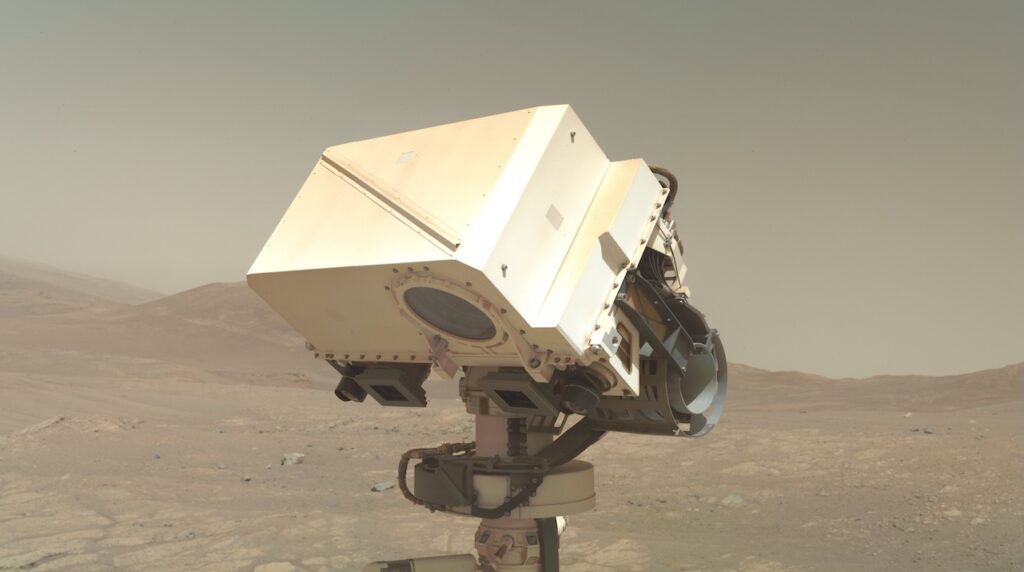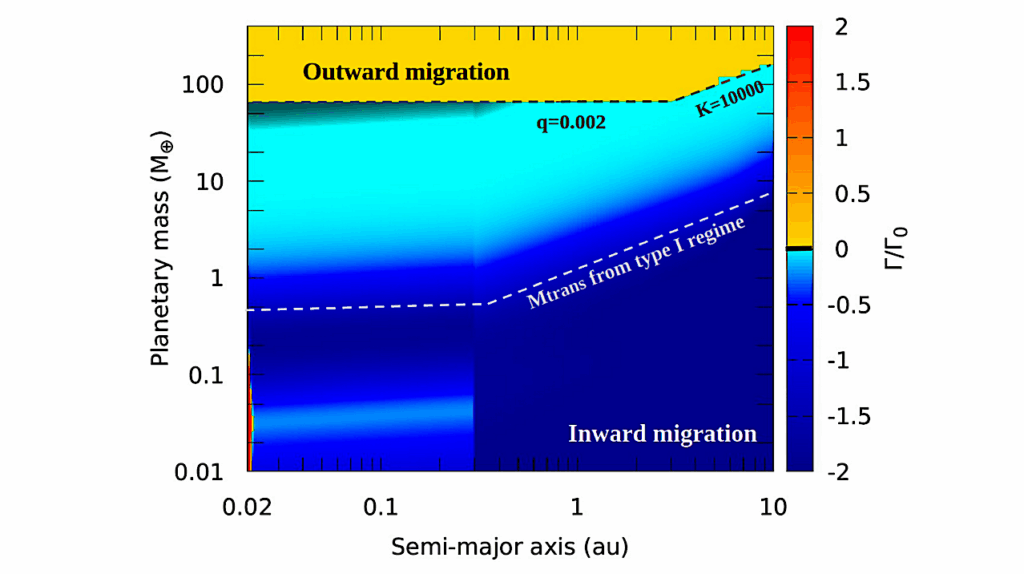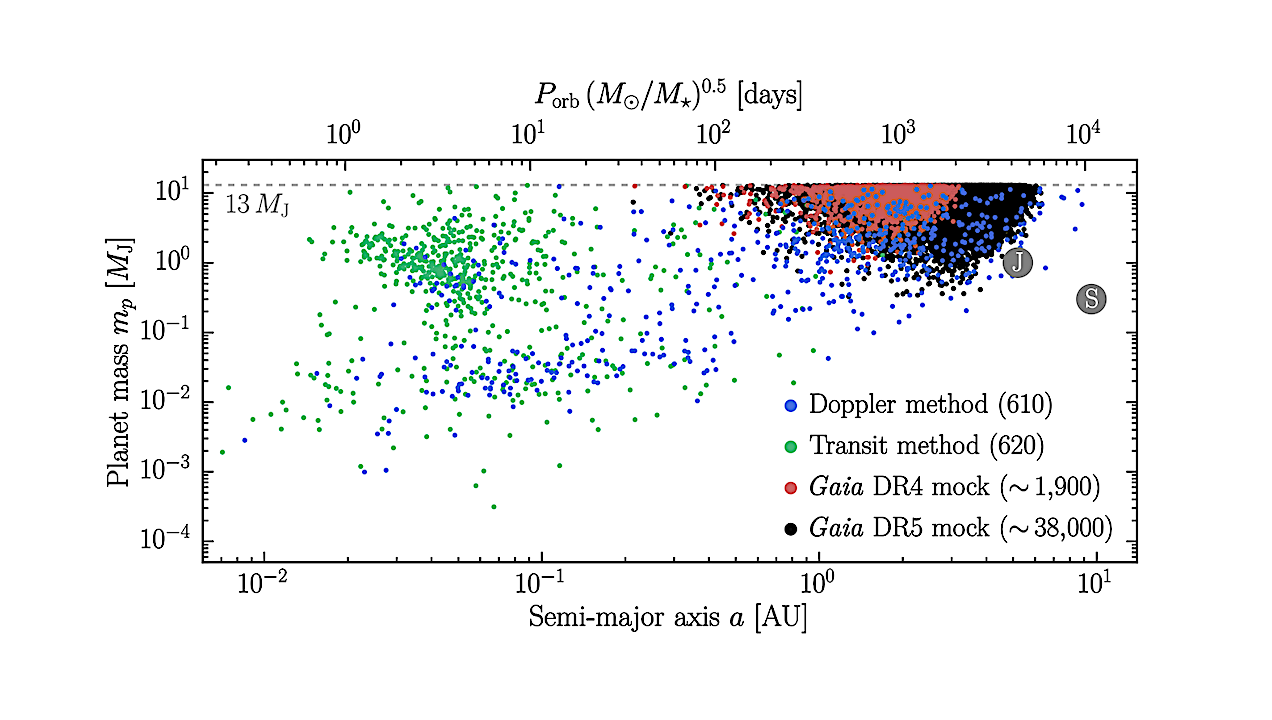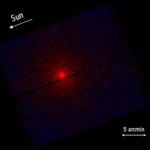Now Reading: Abiogenesis On Different Star Types; a Dissipative Photochemical Perspective
-
01
Abiogenesis On Different Star Types; a Dissipative Photochemical Perspective
Abiogenesis On Different Star Types; a Dissipative Photochemical Perspective
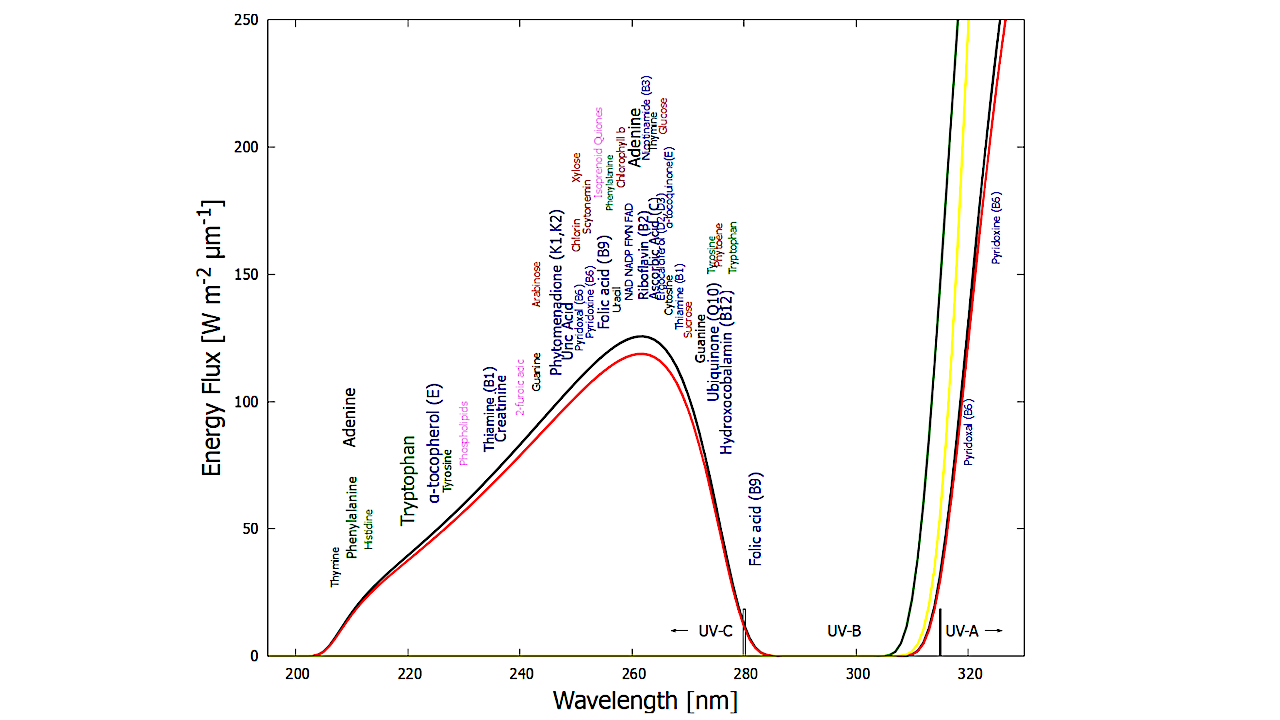
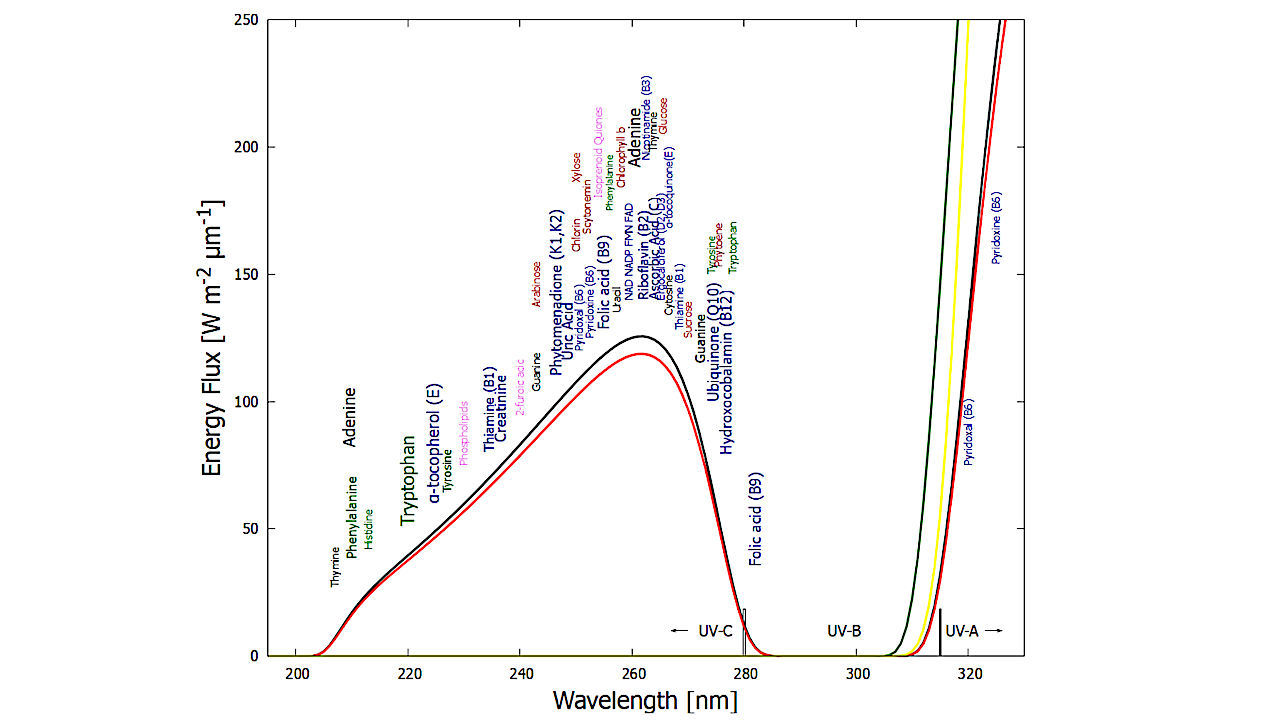
The spectrum of UV light available at Earth’s surface before the origin of life at approximately 3.9 Ga and until at least 2.9 Ga (curves black and red, respectively). This spectrum in the UV-C may even have persisted throughout the entire Archean until 2.5 Ga [46]. Atmospheric CO2, H2O, SO2 and probably some H2S, were responsible for the absorption of wavelengths shorter than ∼205 nm, and atmospheric aldehydes (e.g., formaldehyde and acetaldehyde, common photochemical products of CO2 and water) absorbed between about 285 and 305 nm [23,47]), approximately corresponding to the UV-B region (280 and 315 nm). By around 2.2 Ga (green curve), UV-C light at Earth’s surface was completely extinguished by the pigments of oxygen and ozone resulting from organisms performing oxygenic photosynthesis. The yellow curve corresponds to the present surface spectrum. Energy fluxes are for the Sun at the zenith. Over 50 of the fundamental molecules of life are plotted at their wavelengths of maximum absorption: nucleic acids (black), amino acids (green), fatty acids (violet), sugars (brown), vitamins, co-enzymes, and cofactors (blue), and pigments (red). We have asserted that these molecules were dissipatively structured as UV-C pigments under this light. The font size is roughly proportional to the relative size of the respective molar extinction coefficient of the pigment. Adapted with permission from Michaelian and Simeonov [7]. — physics.bio-ph
The thermodynamic dissipation theory for the origin of life asserts a thermodynamic imperative for the origin of life, suggesting that the fundamental molecules of life originated as self-organized molecular photon dissipative structures (chromophores or pigments) that proliferated over the ocean surface to absorb and dissipate into heat the Archean solar soft UV-C (205-285 nm) and UV-B light (<320 nm) of our G-type star.
Shorter wavelength hard UV-C light (<205 nm) may, depending on atmospheric conditions, have reached Earth’s surface and ionized and dissociated or otherwise degraded these carbon-based pigment molecules (as probably occurred on Mars after losing most of its atmosphere).
Here we assess the possibility for an abiogenesis of life similar to ours through molecular photon dissipative structuring on planets similar to early Earth but orbiting different star types at distances normalized to the solar constant. Emission spectra of star types are analyzed to determine the ratio of integrated photon fluxes in the soft UV-C wavelength (dissipative structuring) to hard UV-C wavelength (degradation) regions.
Our analysis suggests that star types favorable to the dissipative structuring of life, potentially evolving towards complex life forms such as bacteria, are only the F, G and high mass K-types, with intelligent life only possible on G-type stars. Low mass K and M-type stars are highly unlikely to harbor life. Biosignatures related to the thermodynamic imperative of photon dissipation are proposed.
Andrés Ledesma, Karo Michaelian
Comments: 29 pages, 13 figures
Subjects: Biological Physics (physics.bio-ph); Earth and Planetary Astrophysics (astro-ph.EP)
MSC classes: 92B05, 85A20, 92D99, 92C05, 92C15, 92C40, 92C45, 80Axx, 82Cxx, 82B35, 82C26,
Cite as: arXiv:2511.08624 [physics.bio-ph](or arXiv:2511.08624v1 [physics.bio-ph] for this version)
https://doi.org/10.48550/arXiv.2511.08624
Focus to learn more
Submission history
From: Karo Michaelian
[v1] Sun, 9 Nov 2025 01:05:12 UTC (2,048 KB)
https://arxiv.org/abs/2511.08624
Astrobiology,
Stay Informed With the Latest & Most Important News
Previous Post
Next Post
-
 012024 in Review: Highlights from NASA in Silicon Valley
012024 in Review: Highlights from NASA in Silicon Valley -
 02Panasonic Leica Summilux DG 15mm f/1.7 ASPH review
02Panasonic Leica Summilux DG 15mm f/1.7 ASPH review -
 03From Polymerization-Enabled Folding and Assembly to Chemical Evolution: Key Processes for Emergence of Functional Polymers in the Origin of Life
03From Polymerization-Enabled Folding and Assembly to Chemical Evolution: Key Processes for Emergence of Functional Polymers in the Origin of Life -
 04How New NASA, India Earth Satellite NISAR Will See Earth
04How New NASA, India Earth Satellite NISAR Will See Earth -
 05And Thus Begins A New Year For Life On Earth
05And Thus Begins A New Year For Life On Earth -
 06Astronomy Activation Ambassadors: A New Era
06Astronomy Activation Ambassadors: A New Era -
07SpaceX launch surge helps set new global launch record in 2024












